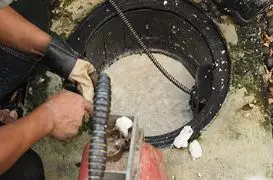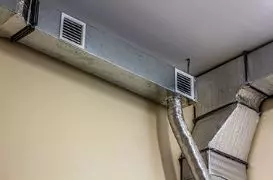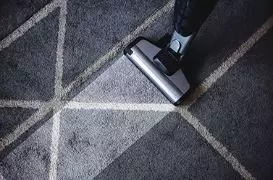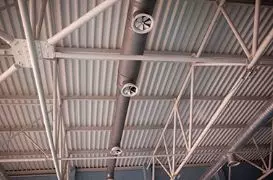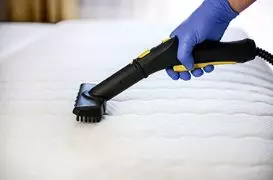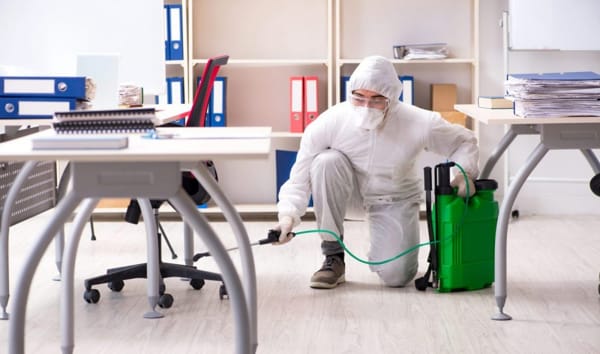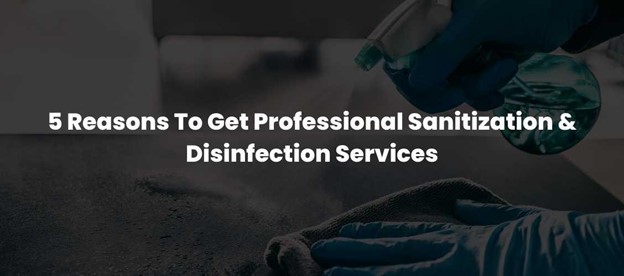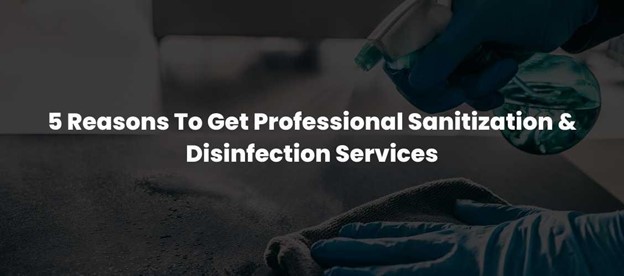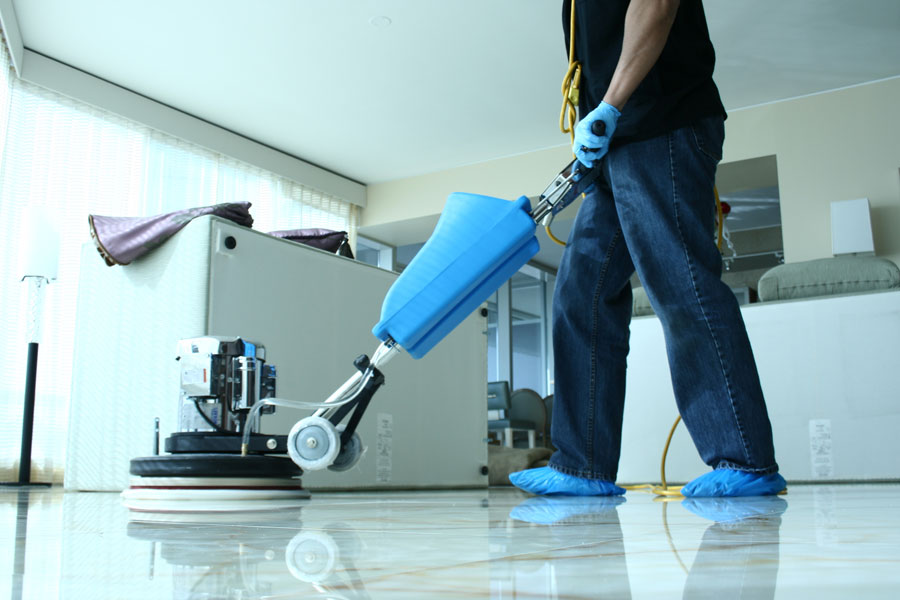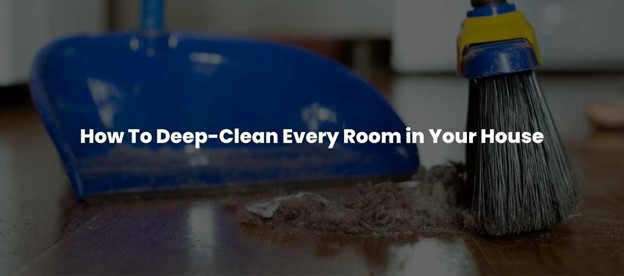Grease Trap Unleashed Unrivaled Expertise for Pristine Drainage Systems
- Assured Best Rate
- Best Professional
- 360o Service Support
- Flexible Payment Terms
Optimized with Hydrogen Greae Trap Strong Upgrade
Grease trapping, an essential component of commercial kitchens and food service establishments, plays a critical role in maintaining wastewater systems and protecting the environment. As these traps accumulate fats, oils, and greases (FOGs) from kitchen operations, they require regular and thorough cleaning to ensure optimal functionality, prevent blockages, and adhere to environmental regulations. This article delves into the multifaceted aspects of grease trap cleaning Sharjah Al Taawun, encompassing its significance, working mechanism, cleaning methods, frequency, environmental impact, and best practices.
Importance of Grease Trap How To Clean
Traps serve as the first line of defense against FOG (fats, oils, and grease) buildup, which can lead to blockages, foul odors, and environmental pollution.
Proper grease trap type is vital for the following reasons:
- Regulatory Compliance: Many municipalities have strict regulations in place mandating regular trap cleaning to prevent sewer line clogs and protect public health.
- Environmental Impact: Unmaintained grease traps can allow FOG to enter water bodies, causing pollution, harm to aquatic life, and degradation of ecosystems.
- Operational Efficiency: Regular cleaning enhances the grease trap's efficiency, preventing backups that could disrupt kitchen operations.
Trap Cleaning Methods
A. Manual Cleaning
- Inspection: Before cleaning, inspect the trap to assess its condition and FOG accumulation.
- Pumping: Remove the accumulated FOG using vacuum trucks or pumping equipment.
- Scraping and Skimming: Technicians manually scrape and skim solidified grease and 0 debris from the trap's interior walls.
- Washing: High-pressure water jets are used to clean the remaining grease residue and sludge.
B. Enzyme-based Cleaners
- Enzyme Introduction: Specialized enzyme treatments can be introduced to the trap to break down FOG and organic matter over time.
- Regular Maintenance: Enzyme treatments require consistent application to maintain effectiveness.
Challenges in Trap Cleaning
- Frequency of Cleaning
- Size and Usage: The frequency of cleaning depends on the trap's size, usage volume, and local regulations.
- Monitoring: Establishments must track FOG accumulation and schedule cleanings accordingly.
- Proper Disposal
- FOG Disposal: Collected FOG must be disposed of properly at approved facilities.
- Environmental Concerns: Improper disposal can lead to environmental harm, necessitating careful handling and adherence to guidelines.
- Health and Safety
- Biohazards: Traps can harbor harmful bacteria and pathogens, necessitating proper protective equipment for workers.
- Chemical Exposure: Cleaning agents can be hazardous if not handled correctly, emphasizing the importance of worker safety.
Best Practices for Trap Cleaning
A. Regular Maintenance
- Schedule: Establish a routine cleaning schedule based on trap size, usage, and local regulations.
- Record-Keeping: Maintain detailed records of cleanings, inspections, and maintenance activities.
B. Professional Services
- Certified Technicians: Hire trained and certified professionals for trap cleaning.
- Comprehensive Cleaning: Ensure thorough cleaning, including scraping, skimming, and high-pressure washing.
C. Grease Interceptors
- Sizing: Properly sized grease interceptors to handle the volume of wastewater and FOG generated.
- Installation: Follow manufacturer guidelines for installation to maximize efficiency and ease of maintenance.
Significance of Grease Trap Installation
Traps act as interceptors, preventing FOGs from entering wastewater systems and causing clogs and overflows. Properly functioning grease trapping also safeguards the integrity of sewage treatment plants, preventing excessive strain on the treatment process. Neglecting grease trap type c can lead to wastewater backups, foul odors, health hazards, and environmental contamination, affecting both public health and business reputation.
Cleaning Methods
Several techniques are employed for grease interceptors, each with its advantages and considerations. Pumping out accumulated FOGs and solids is a common approach. Vacuum trucks are used to remove the contents, which are then disposed of according to local regulations. Enzyme-based treatments can also be used to break down FOGs, aiding in easier removal during cleaning. Additionally, some advanced systems incorporate automated self-cleaning mechanisms, reducing manual intervention.
Frequency of Cleaning
The frequency of grease trap for kitchen depends on factors such as the type of establishment, the volume of FOGs produced, and local regulations. High-volume kitchens may require monthly cleanings, while smaller establishments might suffice with quarterly cleanings. Regular monitoring of FOG accumulation levels is essential to determine the appropriate cleaning schedule and prevent overflows.
Environmental Impact
The environmental repercussions of neglecting grease trap supplier can be significant. FOGs that escape into wastewater systems can congeal and create blockages in pipes and sewer systems. These blockages can lead to overflows, causing pollution, property damage, and health hazards. Moreover, untreated FOGs can infiltrate natural water bodies, impairing aquatic ecosystems and affecting aquatic life. Compliance with trap-cleaning regulations is thus vital to minimize these adverse effects.
Read More...
Covered Services
These are some of the essential tools/ gears used for cleaning the grease traps:
1. A Liquid Core Sampler.
2. Vacuum Pump Truck and/or Remote Dolly Pumper.
3. A Scraper Tool - for scraping grease off the sides and bottom of the tank.
4. Water Hose and/or Wash Down.
5. Gas mask – guards against fumes and odor.
6. Industrial rubber gloves – protect your arms and hands.
7. Coveralls – keeps your clothing clean.
8. Wooden ruler or paint stirrer – measures the grease in the tank.
9. Crow bar – helps pry the top cover off of the grease trap.
10. Wrench – helps remove the baffles from the tank.
11. Bucket and scoop – for removing the solid waste at the top.
12. Soap, water, and steel wool – for scrubbing down.
13. Shop vacuum – for pumping out liquid waste.
SERVICE PROCESS
Once you’ve got all the tools and protective equipment, make certain you’ve set a decent time to wash the trap—it’s best to do it either before or after operating hours when everything else is already taken care of and there aren't any customers within the building. Once your environment is suitable, it’s time to start the work:
1.) Remove the highest cover - Wedge the thinner end of your crowbar or other prying tools underneath the highest lip of the quilt and carefully pop it off of the tank.
2.) Measure the grease in the trap - There should be a large mass of solid grease floating directly at the top of the tank. Stick your paint stirrer or ruler straight through it and mark the top of the mass with a permanent marker. This gives you an idea of how full the trap is.
3.) Drain the water - You can do this manually with a bucket and scoop or with your shop vacuum. Carefully break through and move the clump of grease so that you can insert a scooping apparatus or the hose of the vacuum into the water underneath it. Carefully scoop or suck it out, leaving the grease behind to fall to the bottom. Either way, do not dispose of the water! You will need it later.
4.) Scrape out the grease - Now that the water has been removed, use your scoop to transfer the solid waste into another bucket. Once most of it has been scooped out, use your metal scraper to thoroughly clean the walls and bottom of the tank.
5.) Scrub it all down - Once the waste has been cleaned out, give the tank an intensive washing with soap, water, and steel wool. Take out and flush the screens and other removable parts with water.
6.) Replace and refill - Pour the water from step 3 back into the tank. Reinsert any removable parts and put the lid back on.
Why Choose TelusCare?
• Trustworthy
All the service providers on TelusCare are approved only after a complete background check of the company with trade license and technical staff CV and experience. To make sure the technicians are professional, verified, and trained.
• Easy comparison of rates
TelusCare calculator lets you select the services required and gives you the option to select from an array of service providers that best suit your needs.
• Book Now or Schedule
Browse and select the services directly based on the availability, rate, and customer reviews.
• 360-degree support
The only online portal that provides 360-degree technology support to book your choice of grease trap cleaning company in UAE.
• Flexible payment options
You have the option to pay online or by cash after the services.
• Promotions and Reward Points
Exciting discounts and reward points are available at the time of booking.
• What more?
TelusCare also offers full-service reports online, Annual Maintenance Contracts, and Complete Home Maintenance.
Schedule your Grease Trap Cleaning in Business Bay at an affordable price.
FAQ
Recent Reviews





Other Services
- Assured Best Rate
- Best Professional
- 360o Service Support
- Flexible Payment Terms
Most Helpful Reviews


















